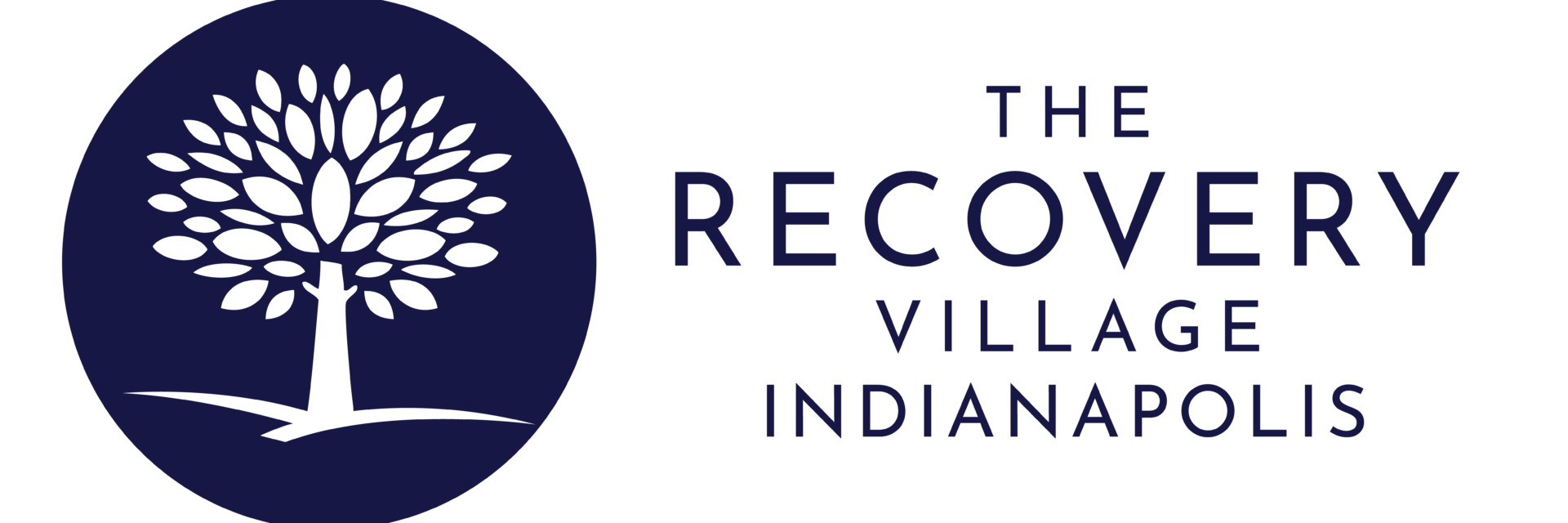Residential (Inpatient) vs. Outpatient Addiction Treatment: Which One Is Right for Me?
Written by Heather Lomax
& Medically Reviewed by Jenni Jacobsen, LSW
Medically Reviewed
Last updated: 09/06/2024
Key Takeaways
- Costs for inpatient programs are generally higher due to ongoing medical care. However, both inpatient and outpatient treatments are essential in the lifelong recovery process.
- Addiction treatment programs include residential (inpatient) and outpatient care, both aimed at helping individuals recover from substance use disorders.
- Inpatient programs are ideal for severe addictions, offering a drug-free environment, constant supervision, and dual-diagnosis treatment.
- Outpatient programs are more flexible, allowing individuals to maintain their daily responsibilities while receiving treatment, often suitable for milder addictions.
- Residential treatment provides 24/7 emotional and medical support, protecting individuals from triggers and focusing solely on recovery.
- Outpatient programs, such as partial hospitalization and intensive outpatient programs, offer varying levels of care and time commitment.
- Choosing between inpatient and outpatient treatment depends on factors like addiction severity, support system, motivation, and lifestyle responsibilities.
- Inpatient treatment includes structured daily schedules, medical detox, and family involvement, with programs typically lasting 30 days to six months.
- Outpatient detox is suitable for milder withdrawal symptoms and offers more flexibility while still being safe and effective.
- Outpatient programs often include individual and group counseling, recovery skills, relapse prevention, and mental health education.
What Is Residential Treatment?
A residential treatment program’s core concept is 24-hour care and support. Beyond that, even similar inpatient programs have differences.
Types of Facilities
There are different residential treatment center levels. Some are more like a hospital, while others are like a resort or spa. Regardless of the type of facility, 24-hour support is still the primary focus.
Daily Life During Residential Treatment
During an inpatient program, residents can focus on their long-term recovery without distractions. A typical day in a residential program is carefully scheduled and structured. The person will meet with a team of counselors, psychologists and psychiatrists in group settings. These programs typically run from 30 days up to six months.
The first step of inpatient treatment for many people is a medically assisted detox. Addiction doctors monitor the vital signs of a patient as they’re going through withdrawal. Doctors also provide necessary medical care and medications. This lessens withdrawal symptoms and substance cravings. In turn, the person’s safety and comfort are improved.
Family Support In Residential Treatment
A quality inpatient program knows the importance of family involvement in recovery. Family members can contact their loved ones when they’re in residential treatment. They can encourage them and provide support from afar. Each program will have its own policies for how often residents can communicate with loved ones.
Some centers offer limited visitation opportunities or no visitation during treatment. Others might allow unlimited visitation and contact. That way, family and friends can be directly involved in the recovery process. Some programs even provide counseling for the family of the person in treatment.
Preparing for Inpatient Treatment
The sooner someone begins to prepare for inpatient treatment, the better. There will be an entry date for admission, and things should be in order before that date. Before entering treatment, the person should speak with their employer. If necessary, they should also find living arrangements for children or other family members. Be sure to plan transportation to and from the center and get details on the allowed personal items that you can bring with you.
There are different levels of care available in addiction treatment programs. Patients will often participate in multiple levels, known as a continuum of care. Within that continuum are the two broad categories of residential (inpatient) rehab and outpatient care. Each program equally focuses on helping someone recover from addiction. However, they have their own unique features and benefits.
Inpatient or residential programs are usually for severe substance use disorders. On the other hand, an outpatient program has more flexibility. People can attend treatment part-time while maintaining other outside responsibilities.
Both the person with addiction and their loved ones should learn about the programs’ main features before making any choices. Exploring the available options can help you start your journey toward long-term recovery.
What Is Outpatient Treatment?
Outpatient programs are a less restrictive treatment option. They usually fall into one of two categories based on the level of care and time commitment. The first is partial hospitalization, and the second is an intensive outpatient program. Each level will usually occur after a residential stay. Or you might begin with the outpatient level of care if a professional determines it’s the best choice.
The sessions of an outpatient program will focus on:
- Individual and group counseling
- Recovery skills
- Relapse prevention
- Addiction and mental health education
Every program will vary. However, outpatient treatment often lasts three to six months and can even last for longer than a year.
Partial Hospitalization Program
A partial hospitalization program, or PHP, is the most intensive outpatient level of treatment. It focuses on stabilizing behaviors early on in recovery. Residential programs often have a PHP that clients will transition to if they live locally. A PHP will usually require 5-6 treatment hours each day, most days of the week. It’s not usually possible to work while receiving this treatment.
Intensive Outpatient Program
An intensive outpatient program (IOP) is a lower-intensity program one step below a PHP. IOP patients can usually maintain their daily lives while participating in treatment services. In IOP, treatment occurs a few hours a day, 3–5 days a week. There’s more flexibility and opportunities to readjust to daily life but with support.
Outpatient Detox Programs
Outpatient detox is suitable if you expect mild to moderate withdrawal symptoms. It is still safe and effective but offers more flexibility. A treatment specialist should recommend this. Unlike residential detox, outpatient detox involves visiting a clinic or treatment center for checkups and taking medications on-site for withdrawal symptoms at scheduled times.
Social Support During Outpatient Rehab
Many people will start outpatient treatment after completing an inpatient program to support their continued recovery. Participating in an outpatient rehab program allows clients to stay at home during their treatment. However, they might also reside in a sober living home. There’s the opportunity to stay close to friends and family.
12-step groups like Alcoholics Anonymous (AA) might also be part of outpatient treatment. Research shows that participating in a recovery group like AA helps with maintaining sobriety.
An inpatient program will usually cost more than outpatient treatment. The ongoing medical care and intensive therapy in a residential program tend to make treatment more expensive. However, the cost shouldn’t be the sole factor in deciding which treatment is right for you.
Differences Between Residential and Outpatient Treatment
The drug-free atmosphere and constant supervision in residential rehab are ideal for focusing solely on recovery. In turn, this lowers the risk of relapse. In inpatient treatment programs, someone can expect:
- A structured and controlled environment: Inpatient rehab programs protect people from triggers that may make them use substances. Patients live on-site, attend intensive therapy and participate in daily activities.
- 24/7 emotional and medical support: Trained staff are always present if someone is in physical or mental distress.
- Dual-diagnosis treatment: Treating co-occurring mental health disorders can get to the root of a substance use disorder.
Outpatient treatment programs can act as an entry point into treatment for milder addictions or as a step below more intensive programs. In outpatient rehab, the person can expect:
- Flexibility: In outpatient care, someone can maintain their home, family and work responsibilities during treatment.
- Independence: People in outpatient addiction treatment can apply newly learned skills to real-life situations.
- Integration between the local community and ongoing support systems: People in outpatient rehab can find support both in and out of the facility.
- Cost- and time-effective: Generally, outpatient programs are more affordable and take less time than inpatient programs.
How to Choose Between Inpatient and Outpatient Treatment
There are several factors to consider when comparing programs, including:
- Addiction severity: Inpatient treatment is usually recommended for severe addictions. On the other hand, outpatient treatment is more suitable for mild and moderate substance use disorders.
- Support system: How much support someone has outside of treatment can play a role in deciding between an inpatient or outpatient program. Someone who lacks a supportive living environment may be better suited for inpatient treatment.
- Motivation and commitment: People who are more motivated and committed to their recovery may do well in an outpatient program.
- Other needs: If a person has complex mental or physical health needs, inpatient care may be more suitable.
- Lifestyle and responsibilities: Consider other duties like caring for family and work. These factors can influence how realistic one option is over the other.
The choice of whether to go for an inpatient or outpatient program depends on your unique needs and situation. It’s important to talk to healthcare professionals to help make this decision.
Call Today for Same-Day Admission at The Recovery Village Indianapolis
Regardless of the approach to treatment or the setting you choose for yourself or your loved one, it’s life-changing. Addiction is a serious, chronic disease. Recovery is a lifelong process, but medical professionals, mental health providers and support groups can help you avoid relapse.
If you’d like to explore same-day admission or learn more about our compassionate, expert-led and research-driven programs at The Recovery Village Indianapolis Drug and Alcohol Rehab, contact a Recovery Advocate today.
Sources
American Society of Addiction Medicine. “ASAM Criteria.” Accessed December 26, 2023.
Substance Abuse and Mental Health Services Administration. “Types of Treatment.” April 24, 2023. Accessed December 26, 2023.
Zemore, Sarah, et al. “A longitudinal study of the comparative efficacy of Women for Sobriety, LifeRing, SMART Recovery, and 12-step groups for those with AUD.” Journal of Substance Abuse Treatment, May 2018. Accessed December 28, 2023.
Authorship

 Insurance
Insurance About Us
About Us Our Facility
Our Facility Admissions
Admissions Programs
Programs Medical Detox
Medical Detox Inpatient Rehab
Inpatient Rehab Aftercare & Recovery
Aftercare & Recovery
